Breaking Barriers: Sophomore Shares Hair Transformation
Sophomore Deana Trautz holds up her cut brown hair to her freshly dyed pink buzz cut. “I don’t want them [society] to be intimidated by a color or something that is not normal,” Trautz said.
March 7, 2017
Her long legs were draped over the leather black chair, clad in dark blue jeans, dark black boots, and her torso was dressed in a worn grey shirt with faded graphics. The sophomore was by most definitions, “normal.” That is until, the eyes caught the cool, bright, blue tones painted through her pixie buzz cut.
Sophomore Deana Trautz is ranked 81st in her class and involved in yearbook, Art Club and Girl Scouts. For most of her life, one would have seen her with long brown hair tumbling down her back, however on Oct. 23, she cut all her hair off and soon after, dyed her hair bright pink. Each phase elicited its own distinctive reaction, according to Trautz.
“After cutting your hair, you realize that you use your hair as sort of a shield,” Trautz said. “I never put my hair up because it always seemed like I was exposed. It gives you a new layer of confidence. You are sort of pushed into something. You are forced into totally being yourself because you can’t hide behind your hair.”
It was right after that when Trautz decided that she wanted to color her hair. The idea came to her when she was walking through the mall one day. She saw mannequins that had lazy town pink wigs, and that was when she decided to dye her hair pink. Despite the commonality of coloring one’s hair, Trautz purposely chose pink for its uniqueness.
“I knew that it would probably look good, and it is less conventional than a lot of dye colors,” Trautz said.
The first step was researching the different methods and narratives of people who have dyed their hair.
“Before I dyed it, I was looking at all these blogs about people who had dyed their hair,” Trautz said. “They said that when they would dye their hair a weird color they would have to put more effort to be more bubbly or happy around people because they didn’t want people to associate their unconventional color with someone doing something bad.”
Then on Dec. 23, Trautz dyed her hair. The days after her haircut, students had been more welcoming and willing to talk to her, according to Trautz. She had done something that they didn’t expect and it was a conversation starter. However, the reaction to her dying her hair countered the response to the cut.
“They don’t talk to you as much from when it was just cut and brown versus when I dyed it,” Trautz said. “I guess it is sort of that intimidation layer. They don’t feel as welcomed when it is dyed. I think when you dye it, you are put into a different group. You associate different colors with different groups, and you have that perception that you don’t mess with them.”
This was a big change for Trautz as she realized that she had to make certain adjustments to her personality and the way she presented herself. Trautz recalls a time in which she had accidentally popped a balloon in one of the hallways. A teacher ran outside and reprimanded her, a reaction that she didn’t expect.
“People are ready to jump and take care of the situation especially because they don’t know who I am, they just think I am some rebel kid in the hallway, which I am not,” Trautz said. “I think that if I had just my brown hair, he [the teacher] would have just seen a balloon and been like ‘don’t do it again.’ You have to make sure that you are being polite always, because they automatically have that first impression already.”
Intimidation seemed like a bigger part of her life than it did before, according to Trautz.
“It’s sort of sad that people would feel intimidated because I don’t want people to feel intimidated at all,” Trautz said. “And while it doesn’t make me regret it, it makes me sad that our society is programmed in a way that when something is unconventional, you should just stay away from it. It’s not even this idea that you shouldn’t just do it yourself, but it is overall, just keep yourself away from it and don’t get involved.”
Despite all the reactions Trautz received, she remains strong in her decision to cut and color her hair.
“I am not going to change my choice in dying my hair based on a job or a college interview because I want them to know that it comes with me to make these decisions,” Trautz said.
According to Trautz, this experience is more of a discovery in self-identity.
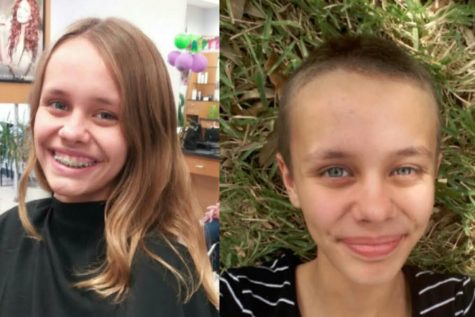
“I think after dying your hair and cutting it, you recognize yourself more in the mirror,” Trautz said. “It is corny, but it lets you bring out more of your personality when you have something so obviously unconventional about yourself because your unconventional personality is kind of brought out of you.”
Now, Trautz has a cool vibrant blue threaded throughout her hair and she doesn’t plan to dye it back to brown, at least not anytime soon. Trautz has the ability to express herself in a way that she had never been able to before.
“When you dye it back, it kind of simultaneously holds yourself back,” Trautz said. “I wouldn’t want to hold myself back just because of regulation. I also want to change the perception of society. I don’t want them to be intimidated by a color or something that is it is not normal. So, I wouldn’t just want to tone it down for them, just for the sake of getting something for myself.”


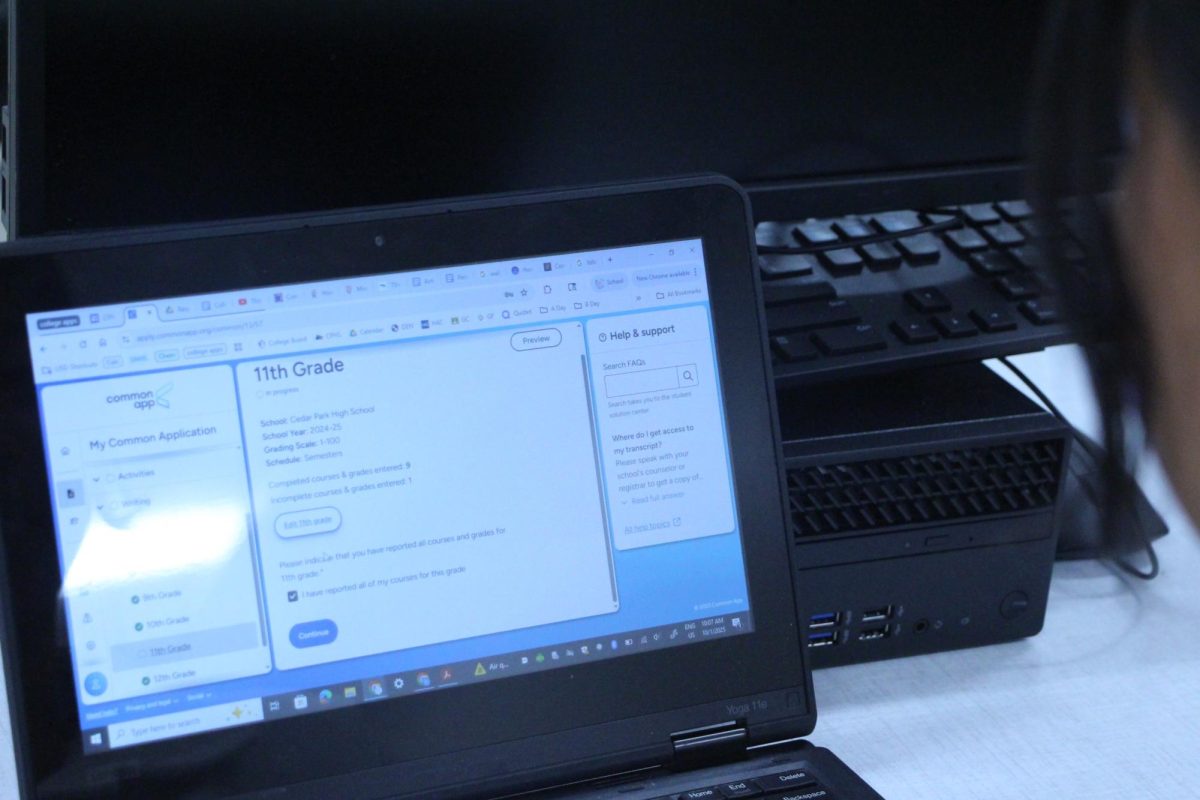
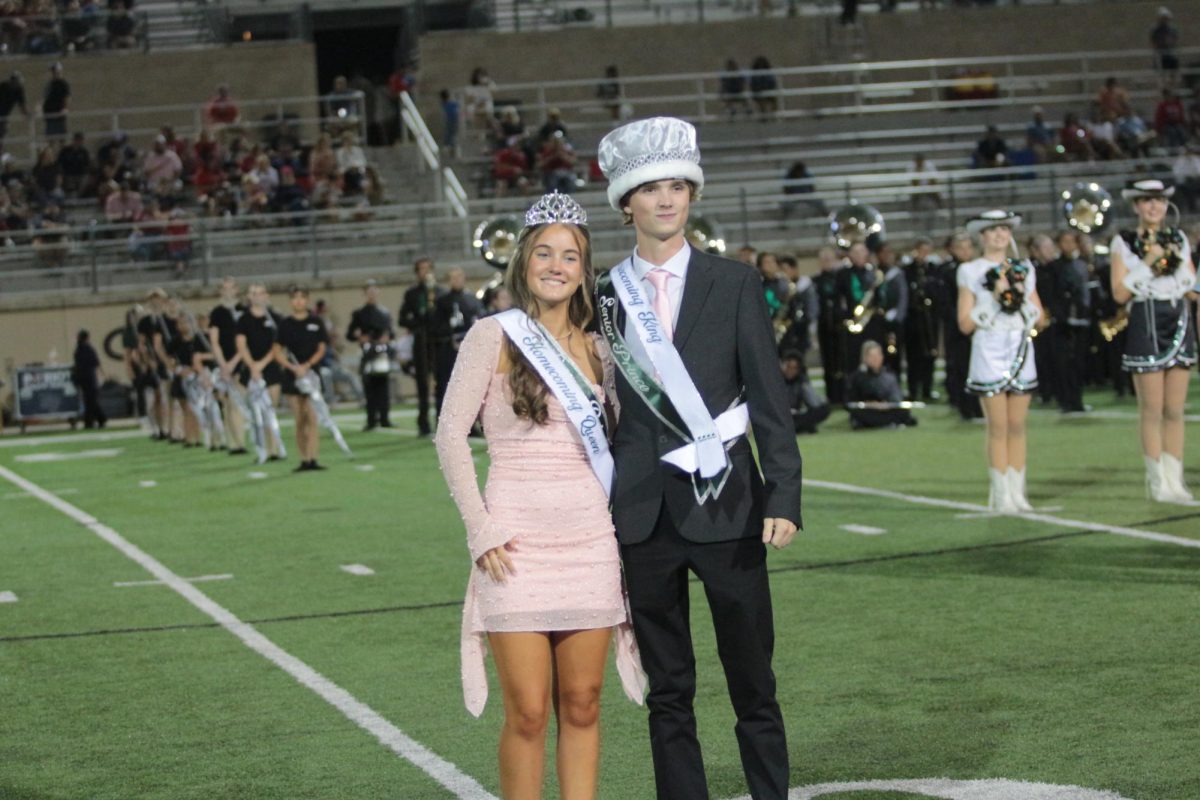

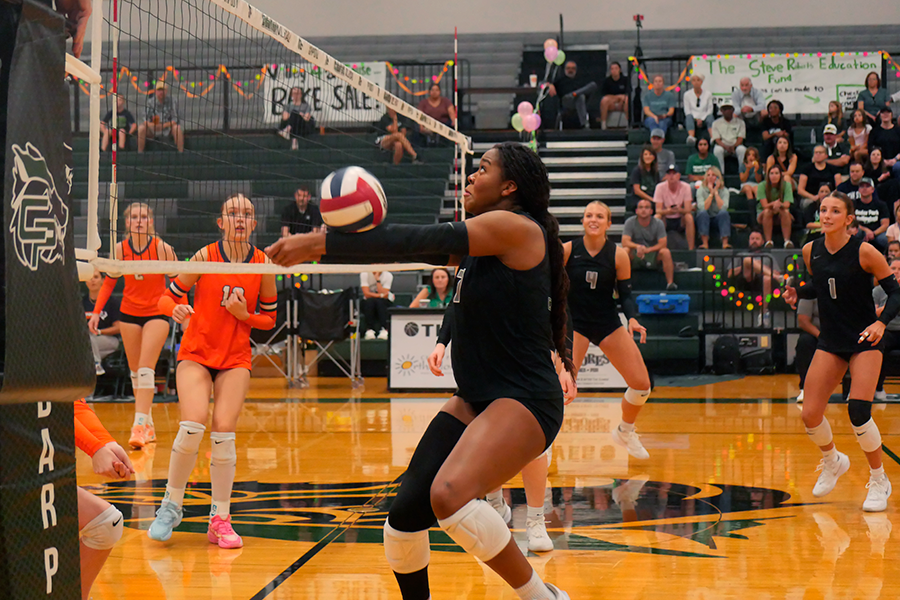
![As her hair blows in the wind, senior Brianna Grandow runs the varsity girls 5K at the cross country district meet last Thursday. Grandow finished fourth in the event and led the varsity girls to regionals with a third place placement as a team. “I’m very excited [to go to regionals],” Grandow said. “I’m excited to race in Corpus Christi, and we get to go to the beach, so that’s really awesome.” Photo by Addison Bruce](https://cphswolfpack.com/wp-content/uploads/2025/10/brianna.jpg)

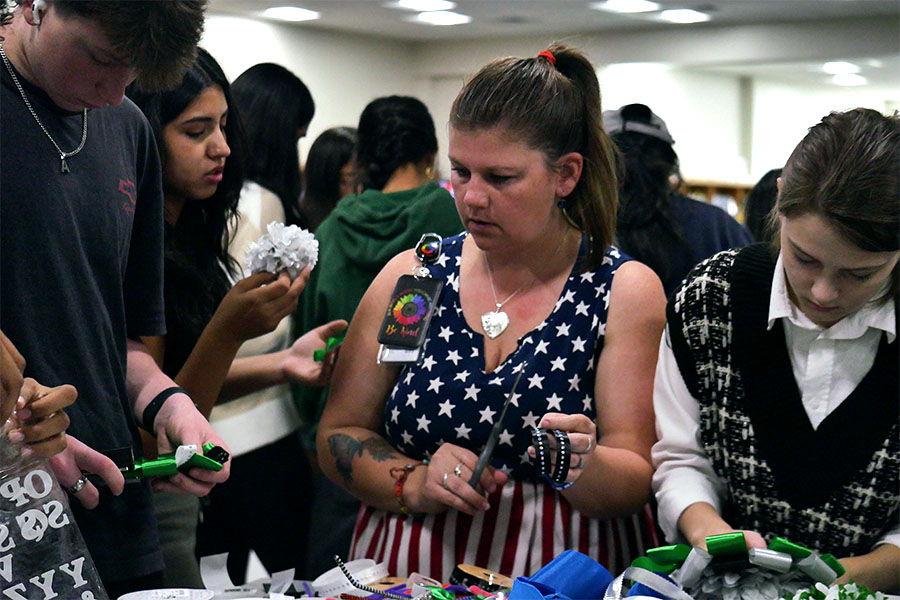
![Broadcast, yearbook and newspaper combined for 66 Interscholastic League Press Conference awards this year. Yearbook won 43, newspaper won 14 and broadcast took home nine. “I think [the ILPC awards] are a great way to give the kids some acknowledgement for all of their hard work,” newspaper and yearbook adviser Paige Hert said. “They typically spend the year covering everyone else’s big moments, so it’s really cool for them to be celebrated so many times and in so many different ways.”](https://cphswolfpack.com/wp-content/uploads/2025/05/edited-ILPC.jpg)


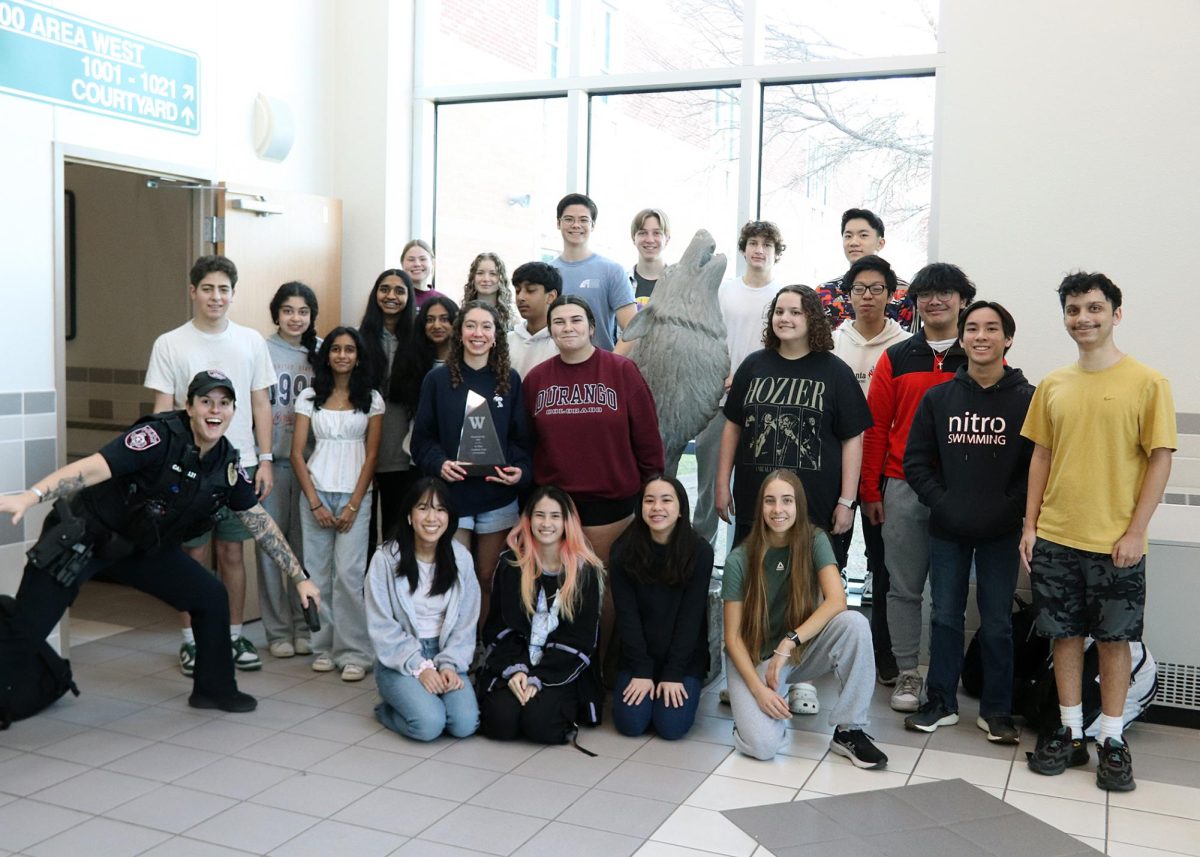

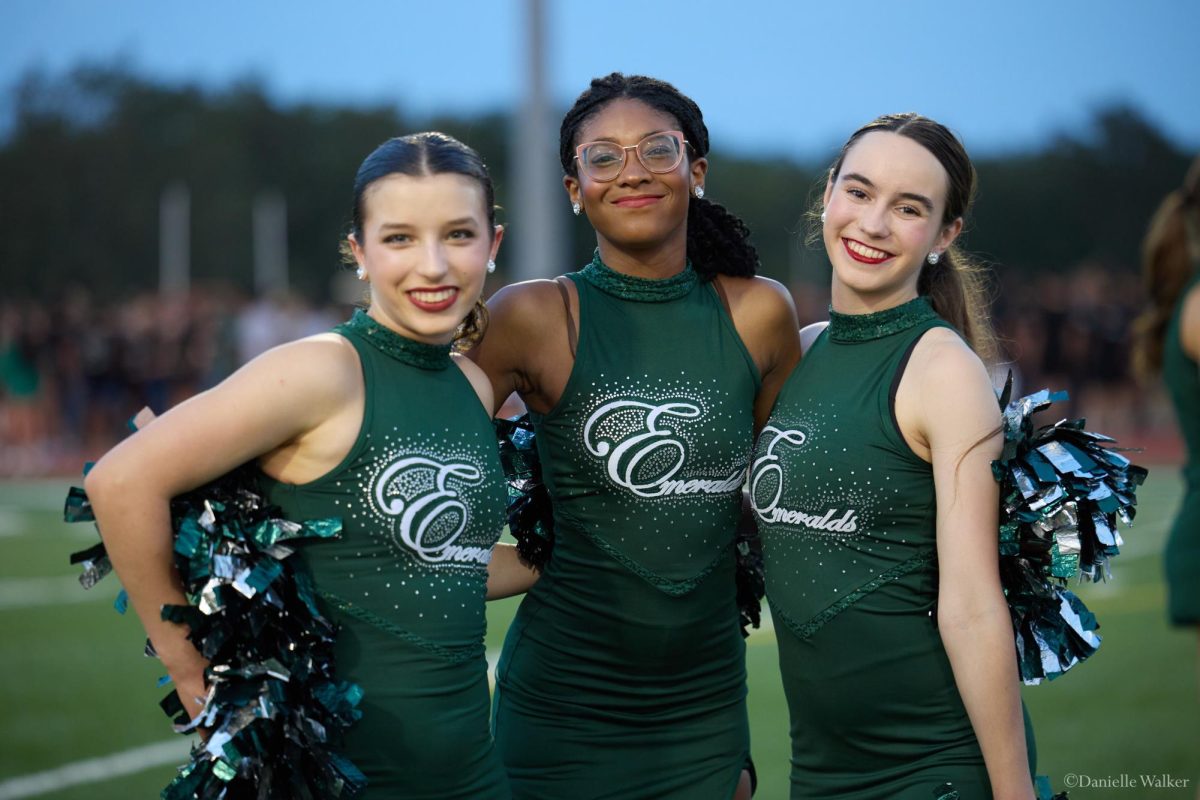
![Sitting with her friend senior Sohpia Struve at last year’s Austin City Limits Festival, senior Ava Zuniga poses for a picture under a pavilion. They are frequent attendees at ACL, an annual music festival at Zilker Park. “I would recommend seeing a bunch of people,” Zuniga said. “This past year, we camped out for Chappell [Roan] for a really long time. I think the whole point of ACL, [which] is a lot of fun, is that you can go see so many different people, even if you don’t know them. So by camping by one person, it really limits yourself from being able to go see a bunch of people.” Photo courtesy of Ava Zuniga](https://cphswolfpack.com/wp-content/uploads/2025/10/EE9E9484-FE6F-4AA0-B5F5-0C177AB32841-1200x857.jpeg)
![Looking down at his racket, junior Hasun Nguyen hits the green tennis ball. Hasun has played tennis since he was 9 years old, and he is on the varsity team. "I feel like it’s not really appreciated in America as much, but [tennis] is a really competitive and mentally challenging sport,” Nguyen said. “I’m really level-headed and can keep my cool during a match, and that helps me play a bit better under pressure.” Photo by Kyra Cox](https://cphswolfpack.com/wp-content/uploads/2025/09/hasun.jpg)

![Bringing her arm over her head and taking a quick breath, junior Lauren Lucas swims the final laps of the 500 freestyle at the regionals swimming competition on date. Lucas broke the school’s 18-year-old record for the 500 freestyle at regionals and again at state with a time of 4:58.63. “I’d had my eye on that 500 record since my freshman year, so I was really excited to see if I could get it at regionals or districts,” Lucas said. “ State is always a really fun experience and medaling for the first time was really great. It was a very very tight race, [so] I was a bit surprised [that I medaled]. [There were] a lot of fast girls at the meet in general, [and] it was like a dogfight back and forth, back and forth.” Photo by Kaydence Wilkinson](https://cphswolfpack.com/wp-content/uploads/2025/03/Kaydence-2.7-23-edit-2.jpg)
![As the support team sits and poses for a photo in the cafeteria with the counseling team they eagerly wait to start their day. "We [all] seem to be a team, I get up every day and there's days where I don't want to go to work today, but I'm thankful that I have a job and I'm blessed to have what I have," Christopherson said. Photo Courtesy of Julie Weltens.](https://cphswolfpack.com/wp-content/uploads/2025/01/AF9E8470-10D7-4C91-BF28-EC8F86BAB66C-1200x852.jpeg)
![Jumping off the ground, senior linebacker Bennett Patton snatches the ball out of the air for an interception at Thursday’s game against Chaparral. Patton had two interceptions in the 56-14 victory, tying the school record for interceptions in a game. “I was just playing the game,” Patton said. “[I’m] going to go into next week, forget about it and stay humble.” Photo by Harper Chapman](https://cphswolfpack.com/wp-content/uploads/2025/09/bennett-interception.jpg)








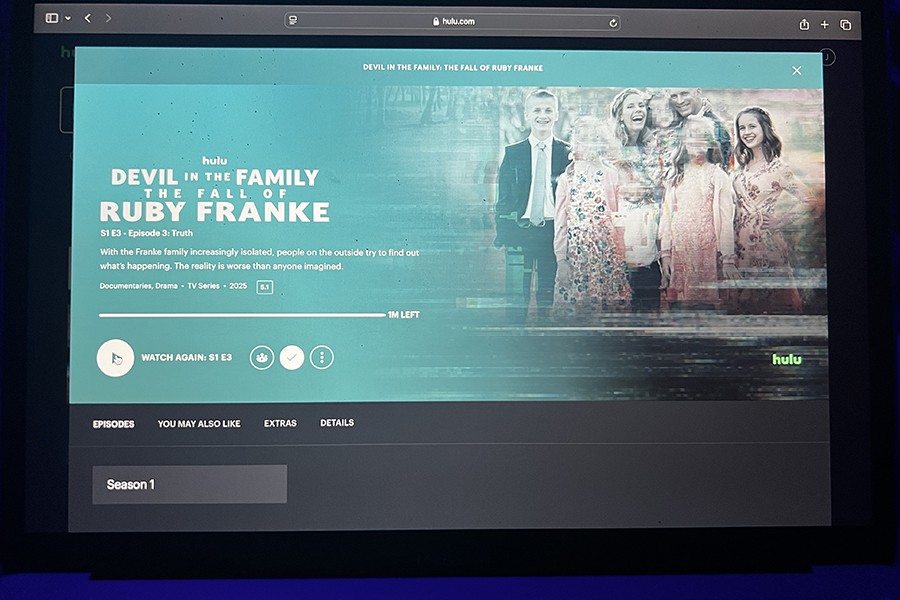





![Sophomore Deana Trautz holds up her cut brown hair to her freshly dyed pink buzz cut. "I don't want them [society] to be intimidated by a color or something that is not normal," Trautz said.](https://cphswolfpack.com/wp-content/uploads/2017/03/DeanaTrautz-1-900x600.jpg)
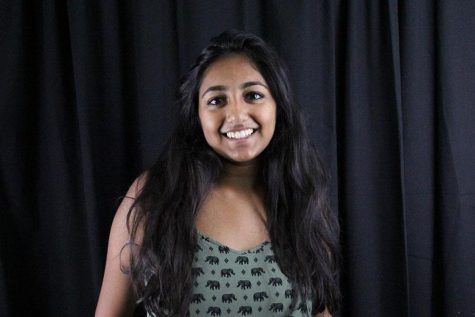
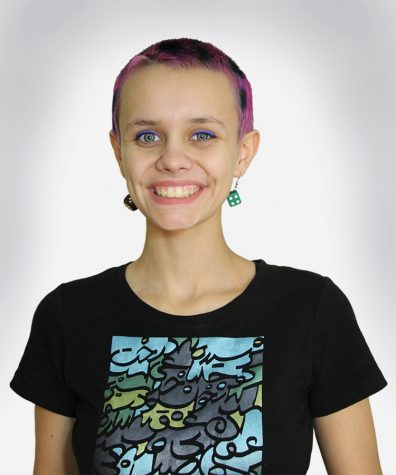
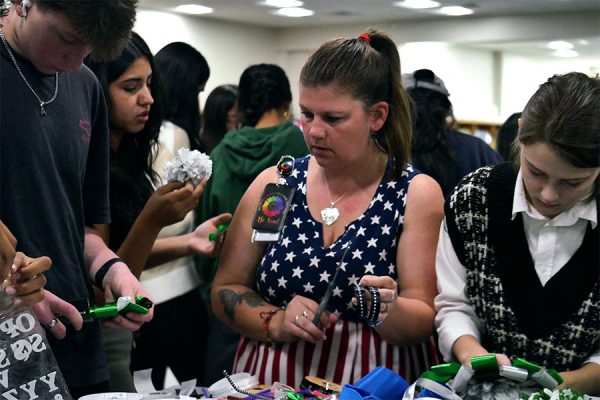
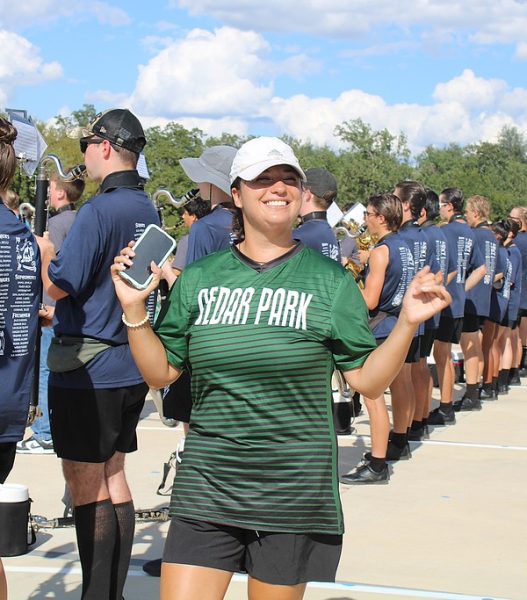
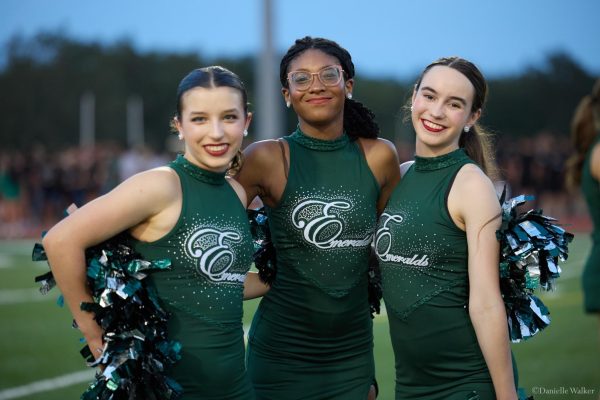

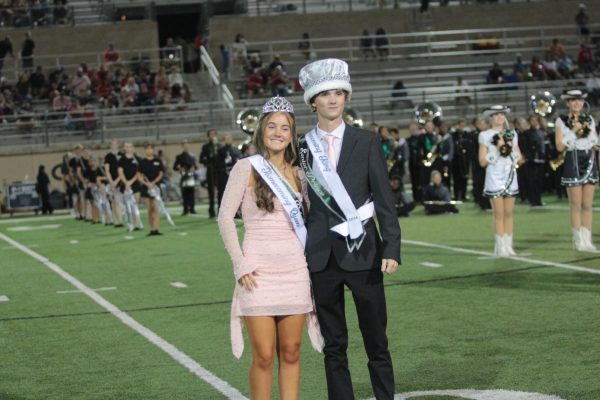
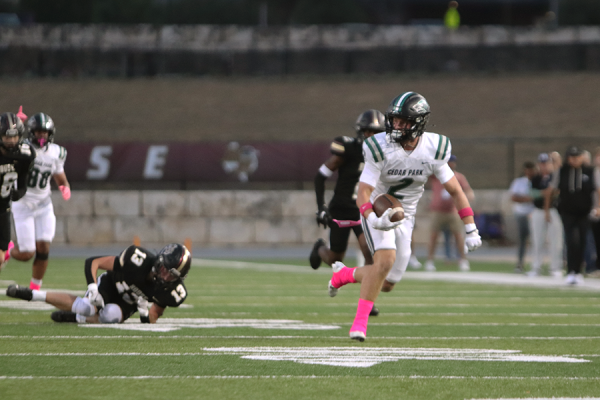

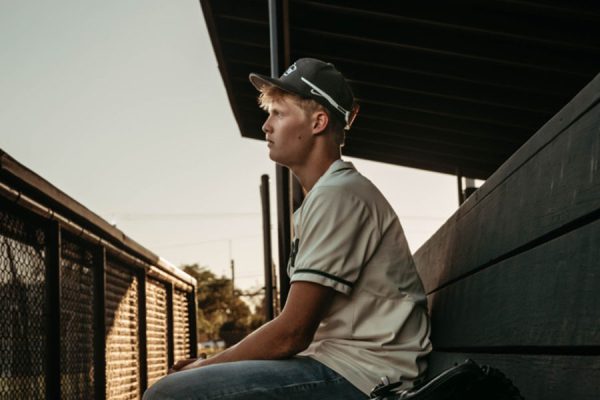

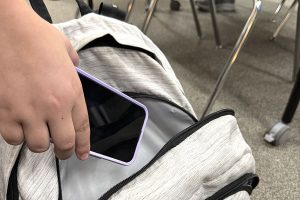
![The fire department came to the school after students were evacuated when smoke started coming from the ceiling of a classroom. All students and staff are safe. “All of my friends left their stuff too, so we couldn’t contact our parents, and it was stressful,” senior Brynn Fowler said. “It was scary because I didn’t know [what was going on], and I couldn’t find anyone because it was a big crowd.” Photo by Anthony Garcia](https://cphswolfpack.com/wp-content/uploads/2025/09/firetruck-300x200.jpg)




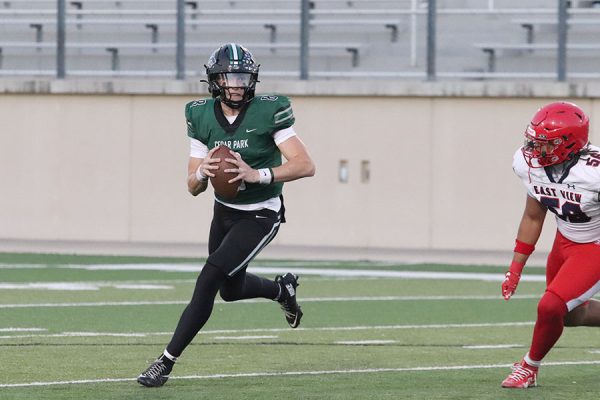
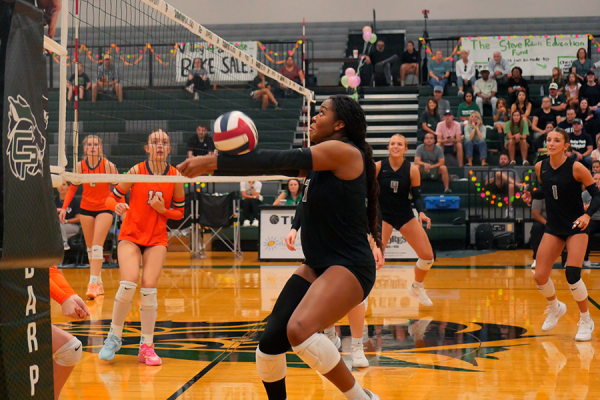

Anna • Jun 23, 2020 at 11:06 pm
Hey there I know I’m 3 years too late and probably no one will see this, but I came across this article on google while searching for haircut inspo and I wanted to say this editorial put into words a lot of the difficult feelings I experienced when I did something similar my own sophomore year back in the day. The author is a very talented writer and I’m excited to see such a well thought out piece on self-image and how adults perceive kids and teens that express themselves outside the “norm.” Excellent work!